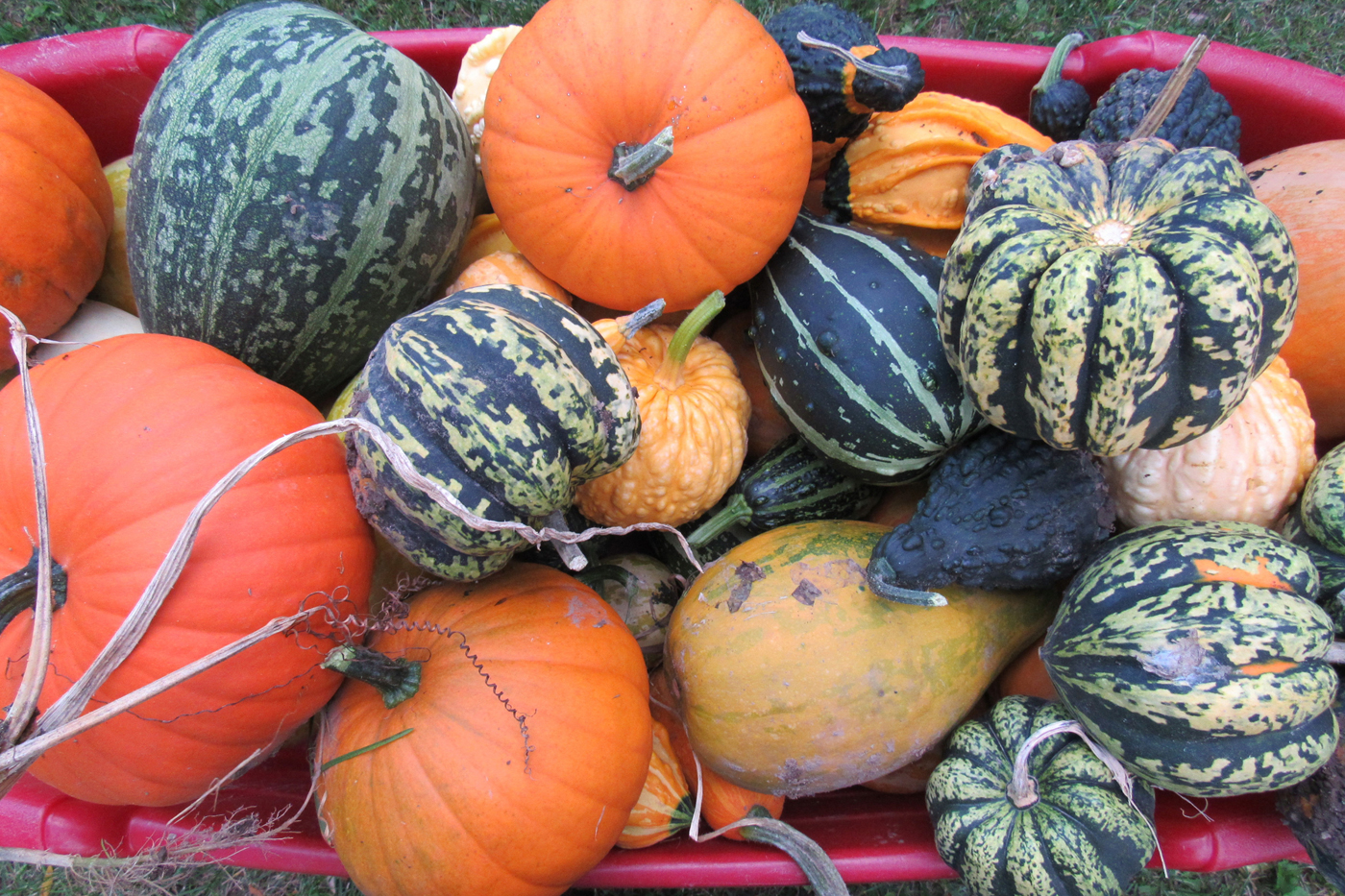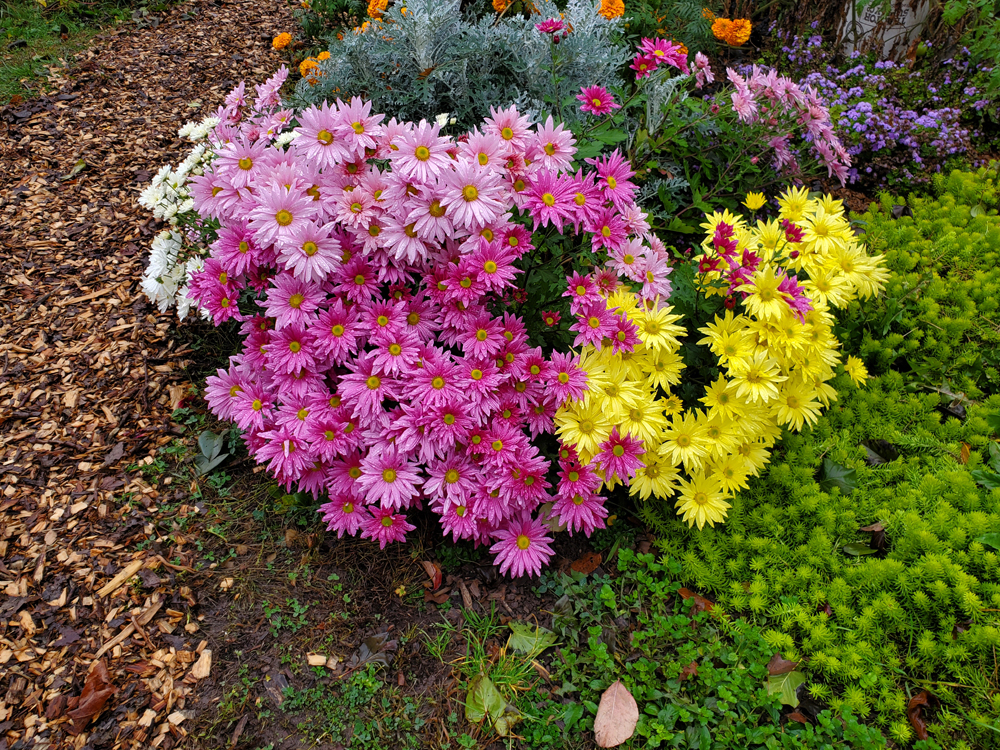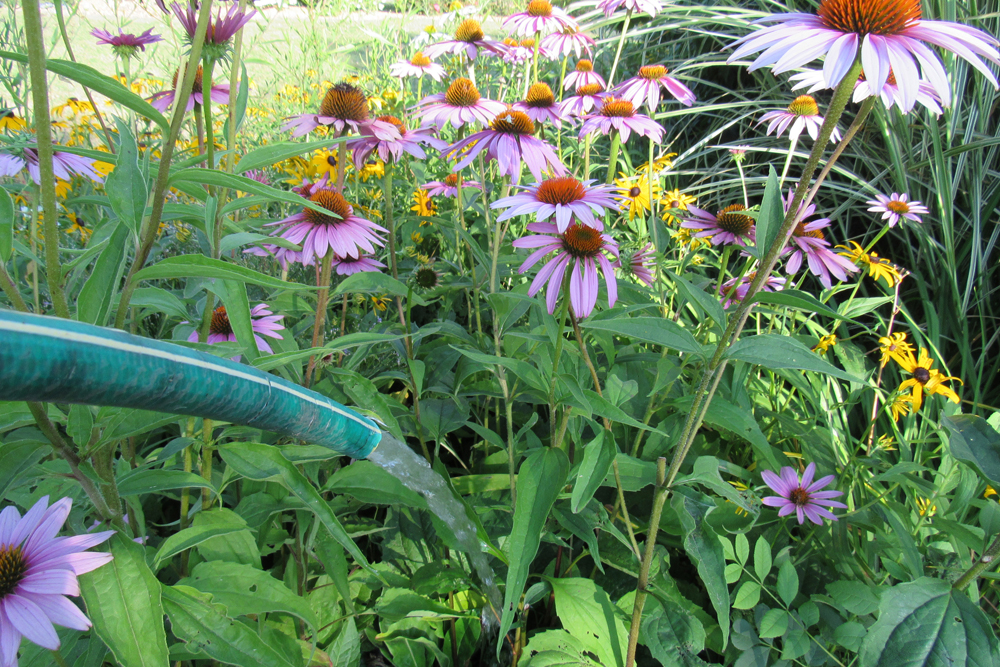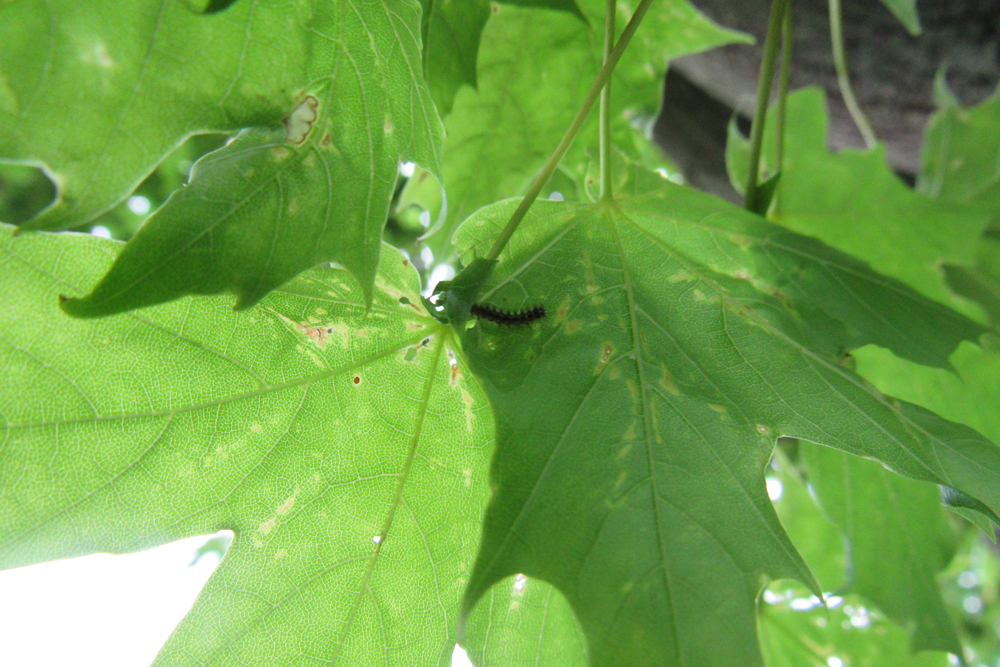How to care for your pumpkin and squash harvest

As I write this column, the weather forecast is calling for the possibility of frost. As I have written before, my garden lies in a cold spot and I can be pretty certain that if there is even the hint of the possibility of frost, I will be seeing the glistening white stuff on my plants as the sun rises.
This autumn has been so busy for me, most of my garden chores are still undone, chores which include harvesting my pumpkins, gourds and squash.
With the threat of frost, I am making a priority of starting the harvest, but I looked into how important it really is to bring in squash and pumpkins, particularly if the frost is going to be light.
The answers I found varied a little bit, but most sources I checked noted a light frost will not damage the fruits, even if the vines are killed. However, The University of Illinois Extension warns that prolonged exposure to cold can damage the fruits, particularly if there is frost injury. Damaged areas can act as avenues for fungal and bacterial fruit rot pathogens.
Pumpkins and squash should be harvested when they are mature and then cured so that the skin can harden and prolong the life of the fruit.
For pumpkins, harvest when they are uniformly orange and the rind is hard. This is important to know even if you don’t grow your own pumpkins for Halloween and autumn decorating. When purchasing, select pumpkins with uniform color and a rind that is hard and without nicks or bruises. A healthy intact stem is also important, and don’t pick up or carry a pumpkin by the stem. The stems can easily break and invite disease, which will cause the fruit to rot.
If you are harvesting home grown pumpkins, you may want to cure them. This can be done in a warm shed – 80 to 85 degrees fahrenheit for ten days. Humidity should be at 80 to 85 percent. I usually just leave the pumpkins in the sun for a couple of weeks and bring them on the porch at night. If you are storing them, place in a single layer on wooden pallets – not concrete – and store away from apples which produce ethylene gas that can reduce pumpkin life.
If you are using pumpkins for autumn displays, give them some air circulation to help them last. It can also help to wash the fruits in a mild bleach and water solution to prolong life. Nothing is more disappointing than having your pumpkin rot before it’s time for Halloween carving!
Green pumpkins may ripen during the curing process, or by leaving them in the sun and rotating them – the sun is what helps them turn orange. Even if they remain green, they are a good choice for carving, so don’t throw them away.
Winter squash such as Butternut, Acorn and Hubbard are mature when the rind is hard. They do not need to be cured, but keep them from cold and freezing temperatures.






